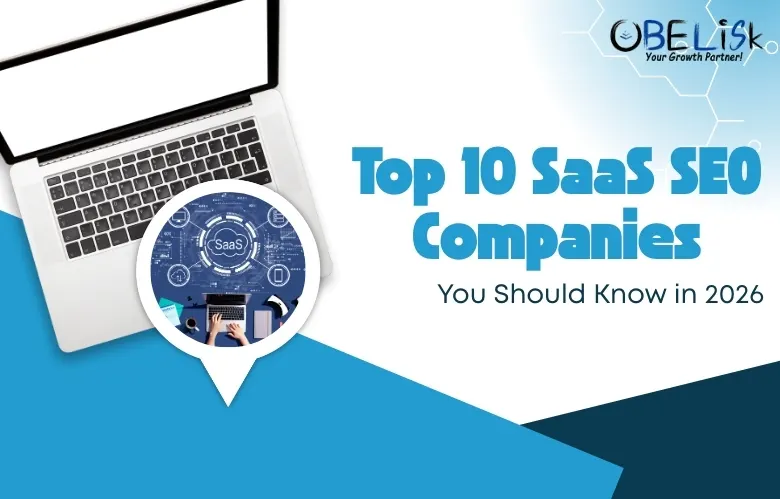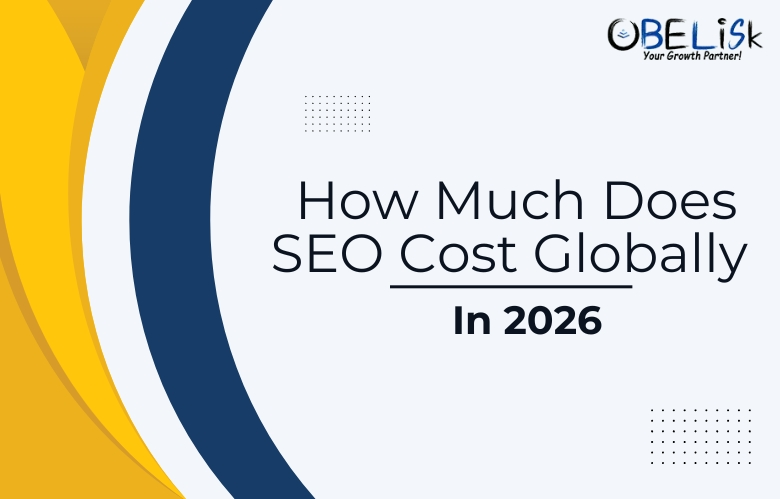The issue of duplicate content has long been a source of worry and misunderstanding in the field of search engine optimization (SEO). Many website owners worry that having duplicate material may cause Google to penalize them severely, which could lower their search engine rankings. But Google takes a more sophisticated approach to duplicate content than just enforcing penalties. This blog post investigates the circumstances under which duplicate material is appropriate for local SEO, utilizing knowledge from industry professionals and Google’s standards.
Recognizing Duplicate Content
Blocks of content that are substantially similar or identical inside or between domains are referred to as duplicate content. This can include blog entries that are published on a single website or across several locations on the internet, as well as product descriptions and service pages.
Instances of Duplicate Content
- Similar Product Descriptions: This occurs when online retailers display the same item in many categories with the same description.
- Service Pages: Local companies who have several locations may utilize identical service descriptions on each of their location pages.
- Legal and Privacy Pages: Terms of service and privacy policies are common legal documents that are repeated on numerous websites.
Google’s Position Regarding Mirror Content
Google has made it clear that not all copies of content are bad. John Mueller claims that unless a website uses duplicate content to manipulate search results or spam users, Google does not penalize it. Here’s a closer look at Google’s perspective:
Non-Spammy Replicated Information
Google is aware that a large portion of content on the internet including content created with artificial intelligence is copied accidentally and without malice. For example, similar product descriptions supplied by manufacturers may appear on various websites, and duplicate legal disclaimers may appear on online storefronts. In order to handle these duplicates, Google’s algorithms combine them and treat them as a single piece of material.
Acceptable Circumstances for Copying Text
Content Specific to a Region
Location-specific pages for businesses with many locations sometimes feature the same or very similar content. For example, a restaurant chain may present the same menu items on pages for many cities. As long as the material fulfills a valid purpose and improves the user experience overall, this is okay.
Variants in Device and Protocol
Duplicate pages can also be found in different versions of a website for desktop and mobile visitors, or in HTTP and HTTPS versions of a site. Google is aware of these technical changes and handles them correctly to avoid penalties.
Operational Websites
Google also recognizes URLs that result in duplicate material because of e-commerce site sorting and filtering settings. To designate the preferred version of the page, it is imperative to manage these through appropriate canonization.
Local SEO Best Practices for Handling Duplicate Content
Consider using the following recommended practices to improve your local SEO efforts and manage duplicate content:
Normative Labels
Canonical tags are one of the best tools for handling duplicate content. Search engines are informed by a canonical tag which version of a URL is the primary one. For e-commerce websites with several product listings or sorting choices, this is especially helpful.
Uniform NAP Data
Maintaining uniform Name, Address, and Phone number (NAP) data throughout all listings is essential for local search engine optimization Unreliable NAP information can mislead search engines and lower local search engine ranks.
Regionalized Information
Even though some content duplication is permissible, it helps to distinguish sites with translated information. For instance, adding information about local events or customer evaluations tailored to each area can enhance the distinctiveness and user value of each page.
Managing the Decay of Content
The term “content decay” describes how over time, the value and relevancy of content deteriorate. Maintaining your pages’ relevance and authority can be achieved by routinely updating and refreshing your material. This will also help to prevent content degradation.
Technical Considerations for Handling Duplicate Content
Google has advanced strategies to handle duplicate material. Using check-sums, which are numerical representations of content, is one such technique. Google can distinguish and classify duplicate content by comparing these checksums. Choosing a canonical version to show in search results and grouping duplicates are two steps in this process.
Examine Budget
The number of pages Google-bot visits on your website in a specified amount of time is referred to as the “crawl budget.” Optimizing your crawl budget can be achieved by effectively managing duplicate material. Google-bot may overlook valuable, original content if it spends excessive time crawling duplicate pages.
Connect Equity
Duplicate content can reduce link equity, which is the value that hyperlinks convey from one website to another. The link equity is dispersed and each page’s total authority is decreased when external websites link to copies of themselves rather than the preferred URL.
Conclusion
Although duplicate content is a complicated problem in SEO, if handled properly, it need not be harmful. There are numerous situations in which duplicate content is appropriate and even required, and Google does not punish non-spam my duplicate content. Your website can continue to be optimized for local SEO by using canonical tags, preserving consistent NAP information, providing localized content, and controlling your crawl budget and link equity.











